Affiliate disclosure: This post may contain affiliate links. Please see our Privacy Policy.
Calendula isn’t just a pretty flower—it’s a hardworking herb that’s been used for centuries to soothe skin, support healing, and brighten up meals. From salves and teas to jellies and soap, this sunny bloom has a place in just about every herbalist’s toolkit. Whether you grow it in the garden or forage it from a neighbor’s flower bed, calendula is one of the easiest and most versatile herbs to put to use.
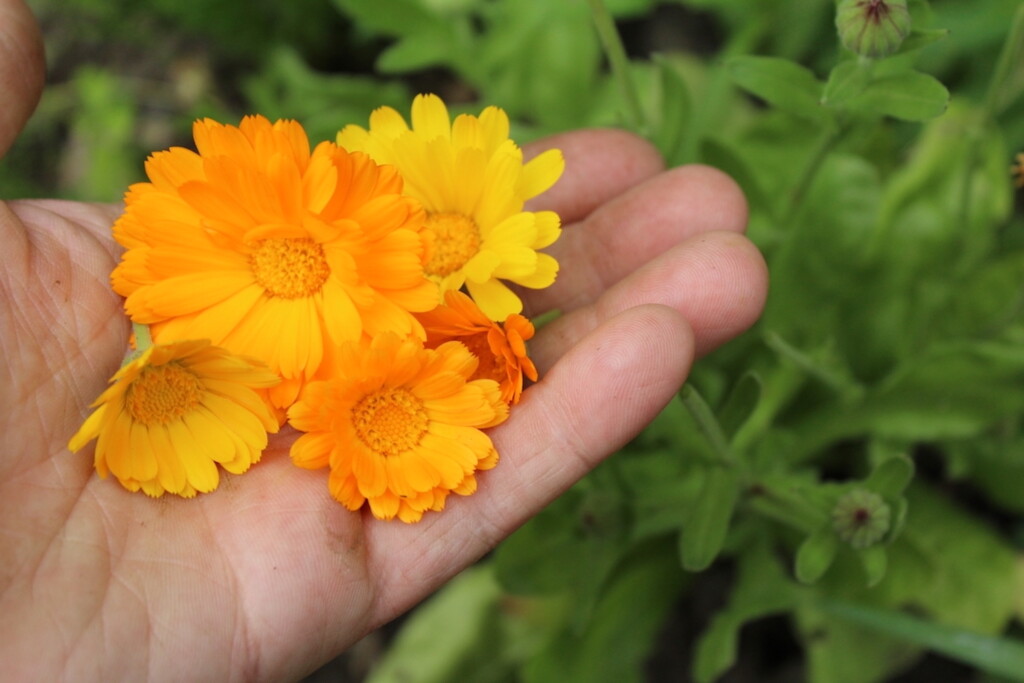
Calendula is one of those herbs that’s as pretty as it is practical. With its bright orange or yellow petals, this sunny little flower brings a splash of color to the garden—but it also happens to be one of the most useful plants you can grow. Calendula is edible, medicinal, and incredibly easy to work with, whether you’re making skin salves, herbal tea, or even wildflower jelly.
If you’ve ever grown calendula, you know it doesn’t take much encouragement. Once it’s happy, it’ll bloom all season long and self-sow like a champ. It’s one of the easiest herbs to grow from seed, and one of the first flowers I recommend for beginner herb gardeners. But even if you’re just harvesting it wild or from a friend’s garden, it’s worth getting to know the many ways you can use it.
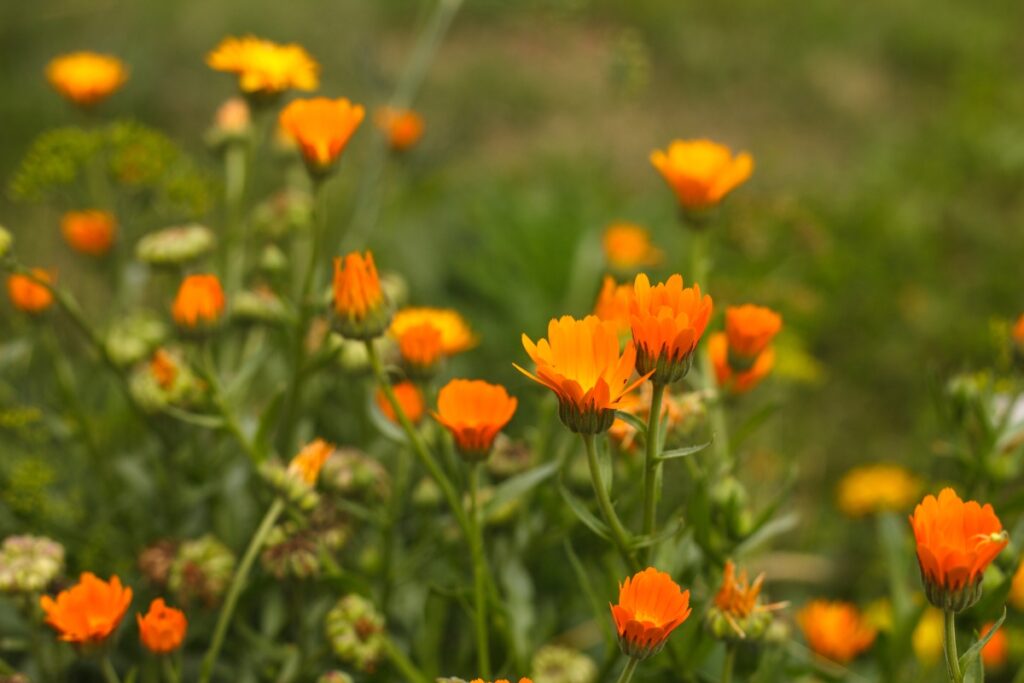
Identifying Calendula
Calendula (Calendula officinalis) is an annual flower that looks a bit like a small marigold—but don’t confuse the two. While calendula is edible and medicinal, many ornamental marigolds (Tagetes species) are not. Calendula flowers come in shades of yellow, gold, and orange, with long slender petals and a slightly sticky feel when picked.
You’ll usually see it growing in herb gardens, cottage gardens, and pollinator beds, but calendula isn’t picky. It grows best in full sun and well-drained soil, and once it gets going, you’ll have blooms from early summer right up until frost.
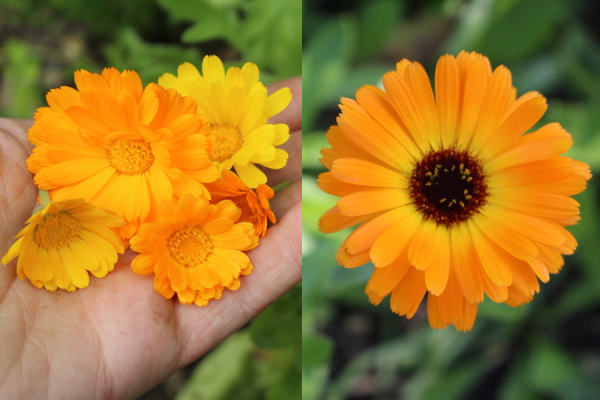
Harvesting Calendula
The best part of the calendula plant is the flower, so that’s what you’ll be harvesting. It’s best to pick flowers when they’re fully open, preferably mid-morning after the dew has dried. Just snip the flower heads cleanly from the stem and gather them in a basket or bowl.
Calendula flowers can be used fresh or dried. If you’re drying them, lay them in a single layer on a screen or mesh rack and let them air dry in a warm, dry spot out of direct sunlight. Once fully dried, they’ll store well in an airtight jar for up to a year.
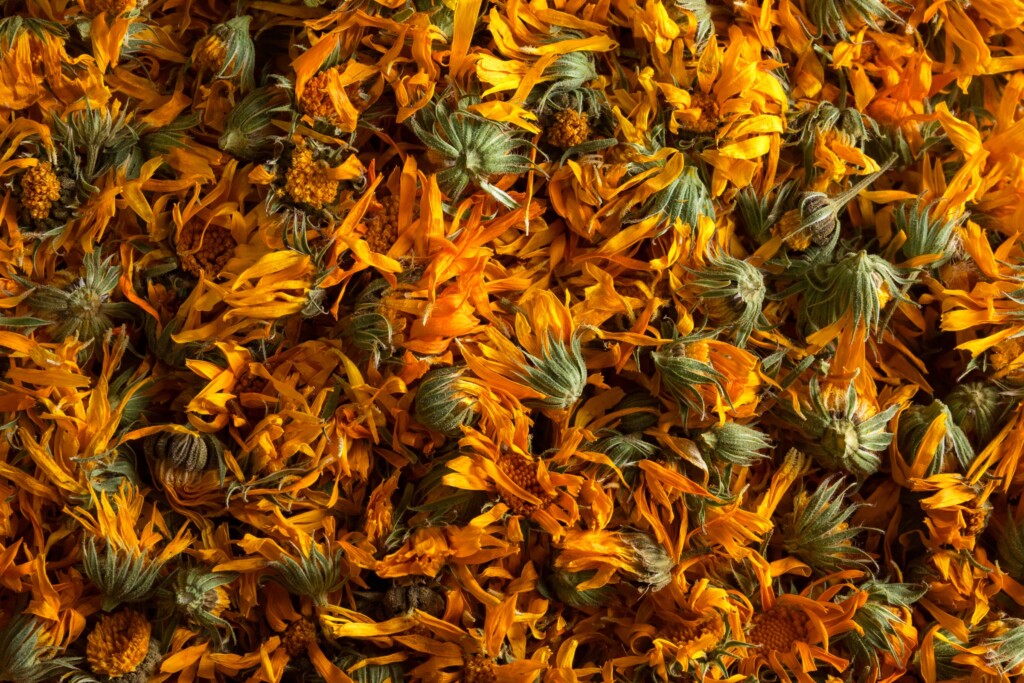
Medicinal Properties of Calendula
Calendula is best known as a skin-soothing herb, but it has a long list of traditional medicinal uses. Herbalists often turn to calendula for:
- Anti-inflammatory support, especially for skin and mucous membranes
- Antimicrobial benefits, helping prevent or reduce infections
- Lymphatic stimulation, which may help with swelling and immune support
- Wound healing, making it ideal for everything from minor scrapes to diaper rash
It’s safe enough for use on children and gentle enough for sensitive skin, which is part of what makes it so popular.
Ways to Use Calendula
Calendula is one of those herbs that belongs in every herbalist’s toolkit. It’s beautiful, effective, and incredibly versatile. From salves and soaps to tea and tinctures, here are some of the best ways to put calendula to use.
Calendula Infused Oil
Calendula oil is one of the most popular ways to use this flower, and it forms the base for many skin care products. To make it, you’ll need dried calendula petals and a carrier oil like olive, jojoba, or sweet almond oil. Let the petals steep in the oil for several weeks—or use gentle heat to speed things up—then strain.
The resulting oil can be used directly on the skin, or as a base for balms, salves, and lotions. It’s especially helpful for dry skin, sunburns, rashes, and inflammation. I always keep a small bottle in the bathroom for everyday skin irritations.
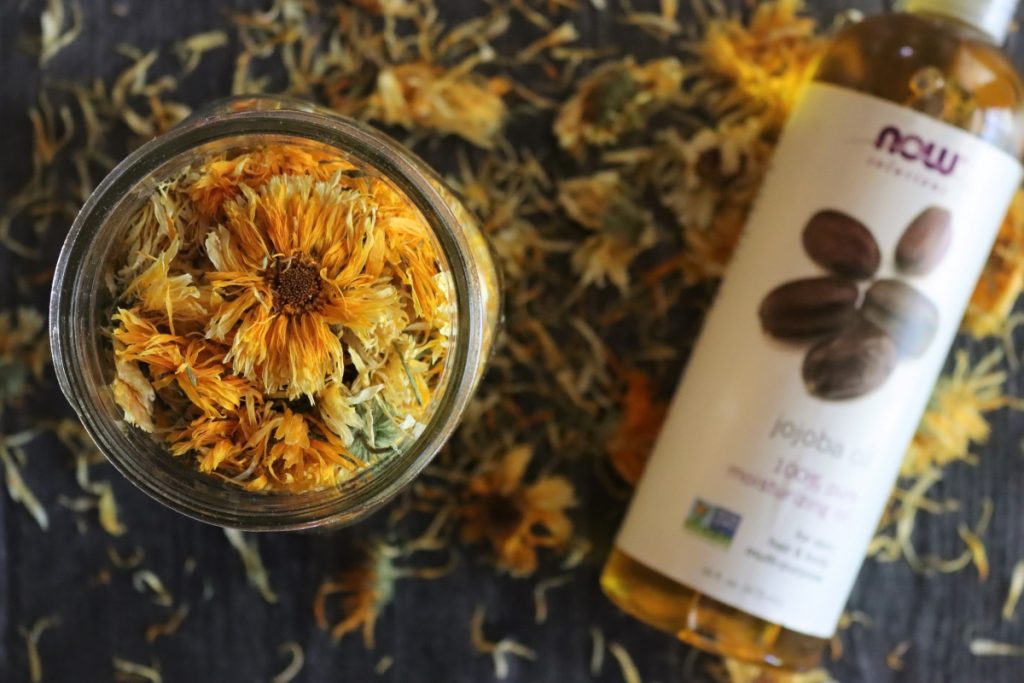
Calendula Salve
Once you have calendula oil, turning it into a skin nourishing calendula salve is easy. Just combine the infused oil with melted beeswax, and pour it into tins or jars to set. You can also add other soothing herbs like comfrey or plantain, or essential oils like lavender or tea tree for added benefits.
Calendula salve is great for minor cuts, scrapes, burns, bug bites, and chapped skin. It’s gentle enough for babies and can be used as a natural diaper rash cream. I also use it as a daily hand salve during the dry winter months.
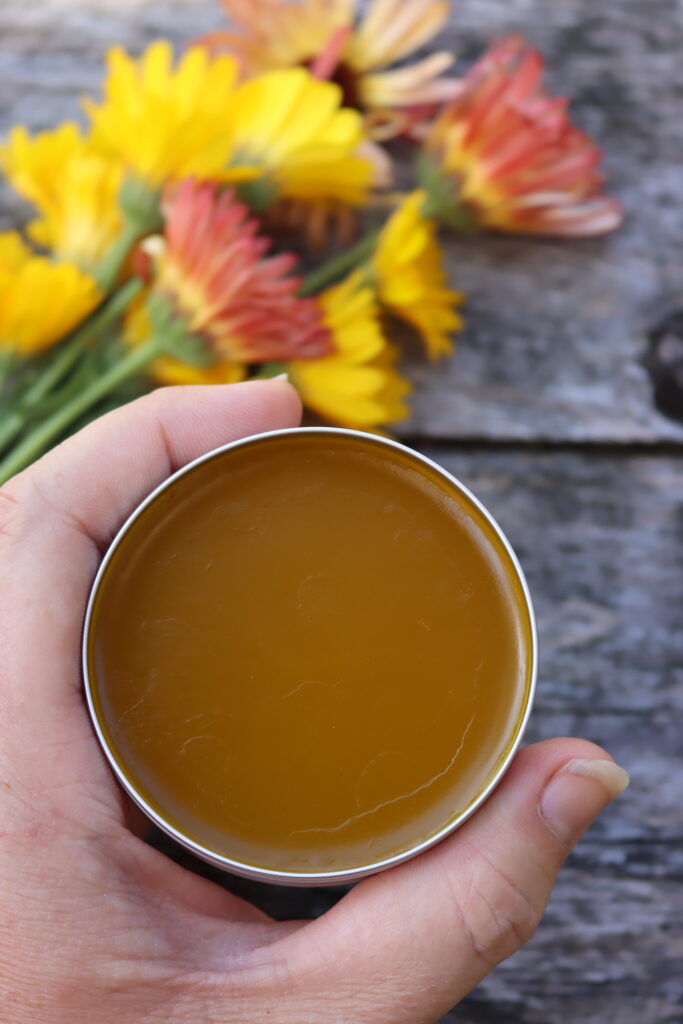
Calendula Tea
Calendula isn’t just for your skin—it makes a wonderful herbal tea, too. The flavor is mild and slightly earthy, and it combines well with other herbs like chamomile, mint, or lemon balm.
Calendula tea is traditionally used to support digestion and soothe inflammation in the mouth, throat, or gut. It’s also mildly antimicrobial, making it a good choice for gargling during sore throat season. You can steep dried petals in hot water for 5 to 10 minutes, or make a stronger infusion for medicinal use.
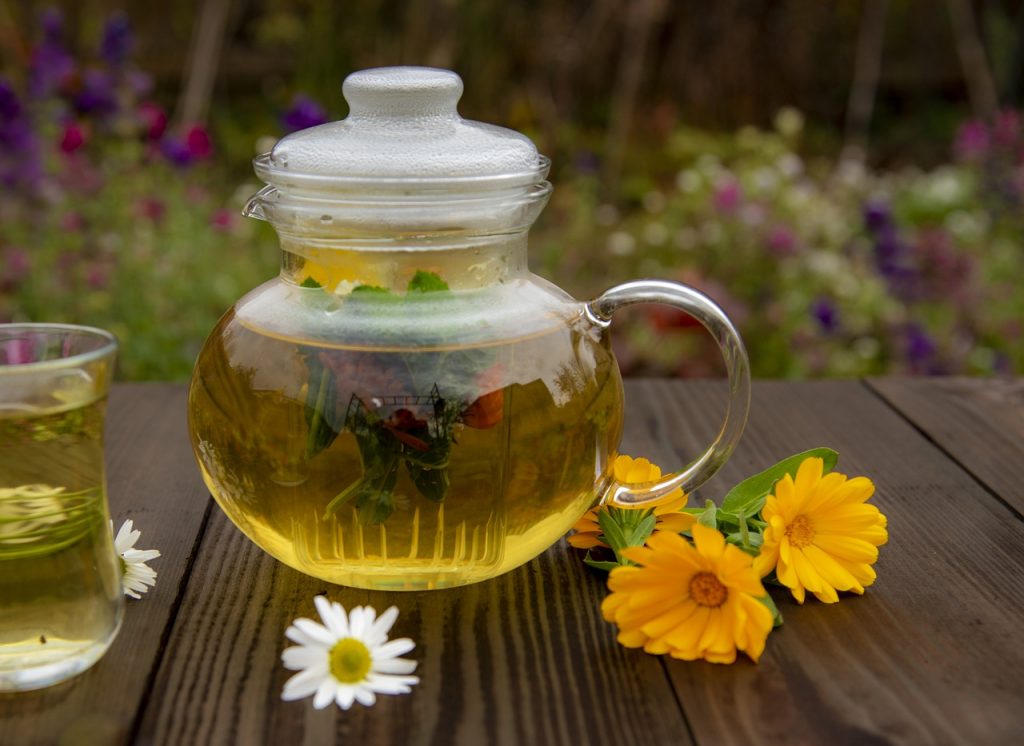
Calendula Tincture
Tinctures are a great way to preserve calendula for internal use, especially if you’re dealing with gut inflammation or lymphatic stagnation. To make one, simply cover dried petals with high-proof alcohol and let it steep for several weeks, then strain.
This type of tincture is used in small amounts (think 10 to 30 drops) and can be taken in water or tea. Calendula tincture may be especially helpful for swollen lymph nodes, mouth ulcers, or lingering infections that need gentle immune support.
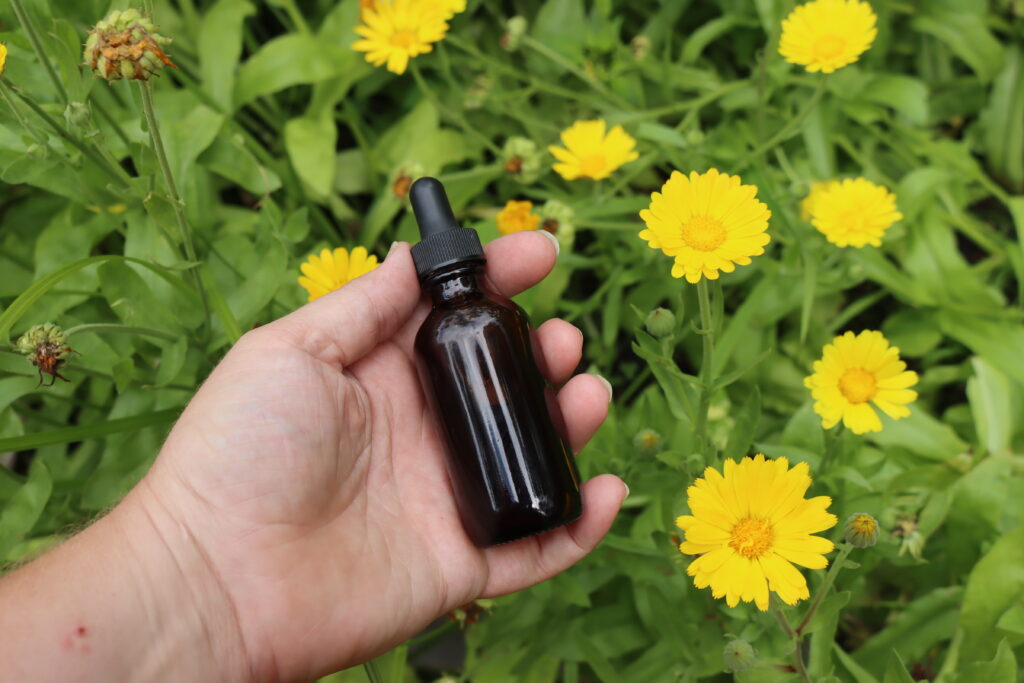
Calendula Vinegar
Infused herbal vinegars are a fun and easy way to preserve the benefits of calendula. Just fill a jar halfway with fresh calendula petals, cover with apple cider vinegar, and let it steep for a few weeks before straining.
Calendula vinegar can be used as a hair rinse, skin toner, or added to bath water for irritated skin. You can also add it to salad dressings or use it as a base for a herbal oxymel (a sweet vinegar syrup) when combined with honey and other herbs.
You can also incorporate it into a herbal fire cider recipe too!
Calendula Poultice
If you’re in the garden and get a scrape or bug bite, calendula makes a fast-acting poultice. Just crush a few fresh petals or leaves between your fingers or mash them into a paste with a bit of water.
Apply the mash to the affected area and cover with gauze or a clean cloth. It helps soothe itching, calm inflammation, and speed healing. It’s not fancy, but it works.
Calendula Bath Soak
One of the easiest and most relaxing ways to use calendula is in a bath soak. Add a handful of dried petals to a muslin bag or reusable tea bag and toss it into the tub while the water runs.
Calendula baths are soothing for irritated or sensitive skin, and they’re especially helpful for kids with rashes, eczema, or sunburn. You can also combine calendula with oats, chamomile, or rose petals for a truly calming soak.
Calendula in Homemade Soap
Calendula is a favorite ingredient in natural soaps because it’s both gentle and beautiful. The petals retain their color well and don’t brown or break down like some other herbs. You can use calendula-infused oil as your soap base, or sprinkle in dried petals for a decorative touch.
Calendula soap is perfect for sensitive skin, and it’s a fun way to make your herbal harvest last a little longer. If you’ve never made soap before, this is a great excuse to try.
Calendula Jelly
Yes, you can eat calendula—and one of the prettiest ways to do that is in flower jelly. Calendula petals can be steeped into a floral tea and then turned into a bright yellow jelly with a bit of lemon juice, sugar, and pectin.
It’s a great way to use up extra blooms in summer, and it makes a unique homemade gift. Spread calendula jelly on toast, add it to thumbprint cookies, or serve it with soft cheese for a foraged appetizer.

Calendula for the Bees
Even if you don’t harvest a single flower, calendula still earns its keep by feeding the pollinators. Bees and other beneficial insects love calendula blooms, and since the plant flowers continuously through summer and fall, it’s an important food source during times when other flowers may not be blooming.
If you’re planting for pollinators, calendula is an easy choice. It’s low-maintenance, blooms for months, and self-seeds without becoming a nuisance.
I’ve personally found that the tiny native bees absolutely love it!
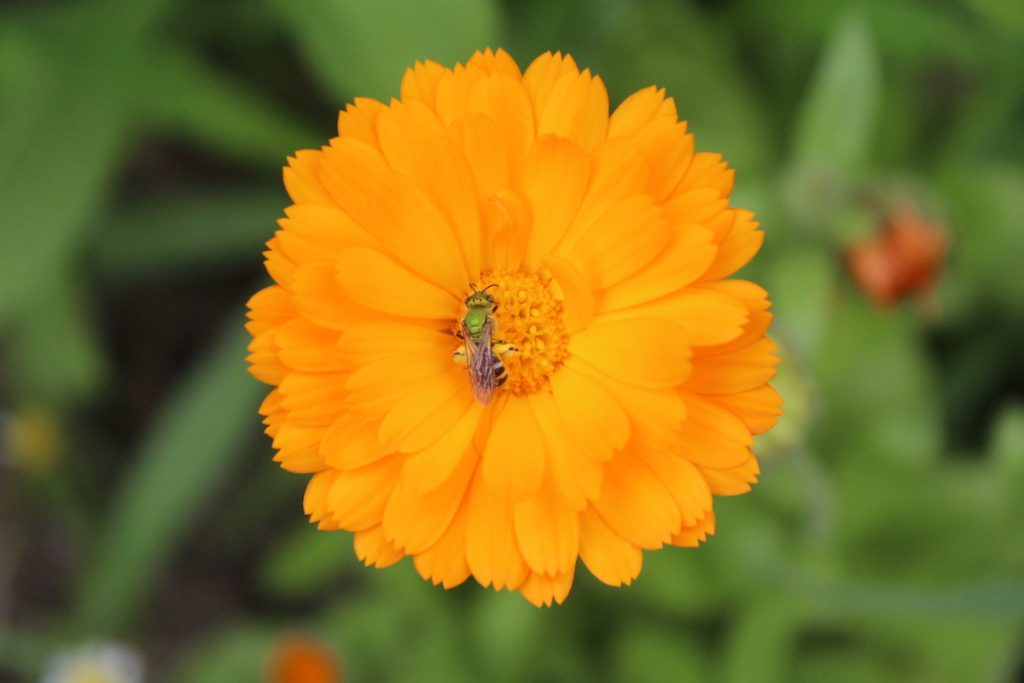
Calendula is one of those herbs that every gardener and home herbalist should know. It’s cheerful, useful, and endlessly versatile—whether you’re making salve, sipping tea, or just feeding the bees.
With so many easy ways to use it, there’s no reason not to grow a patch (or three). Once you do, you’ll wonder how you ever gardened without it.
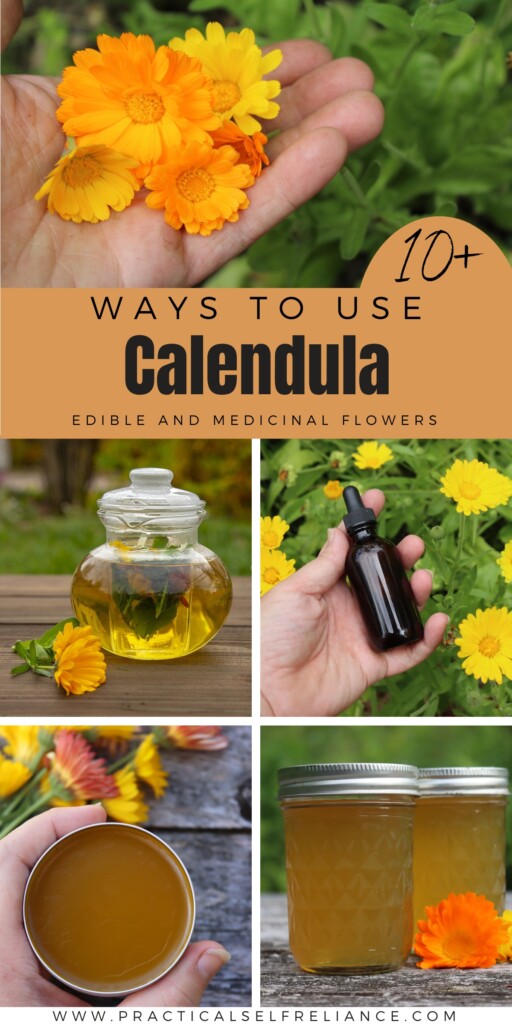
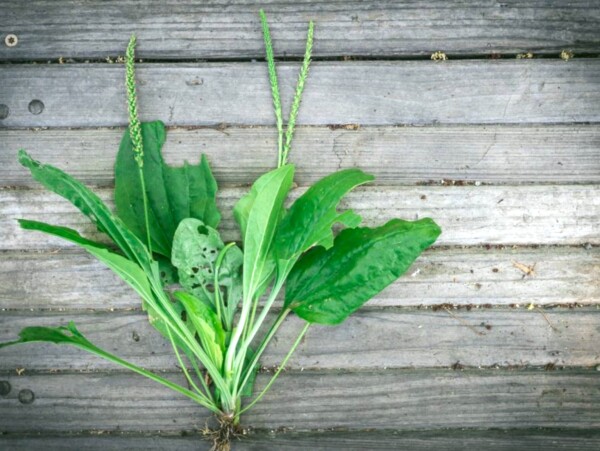
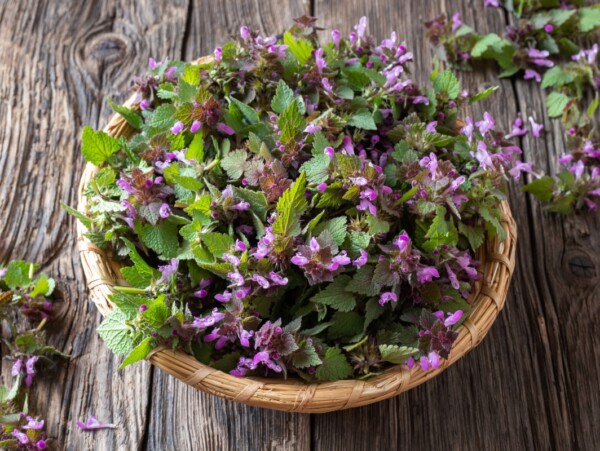
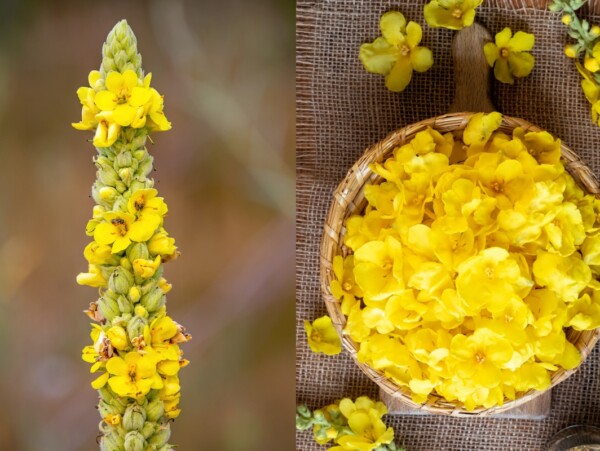
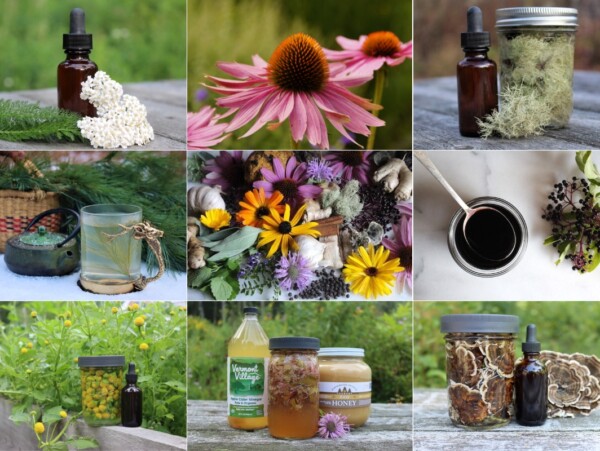







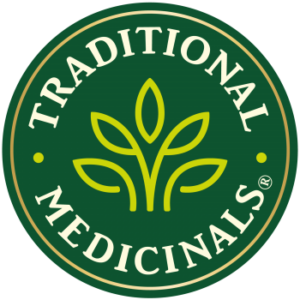


Glad I found this website! Very helpful.
Thank you!